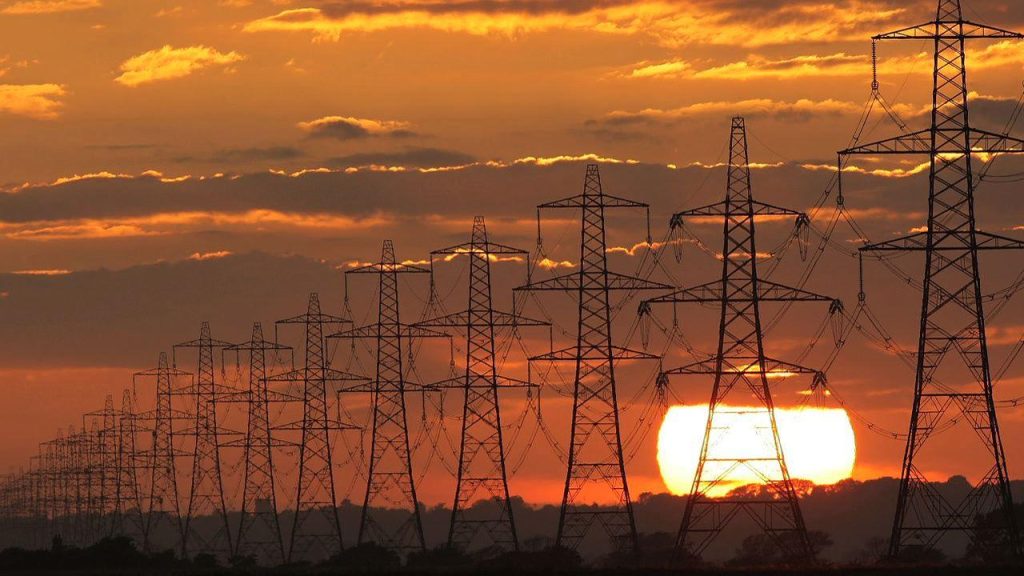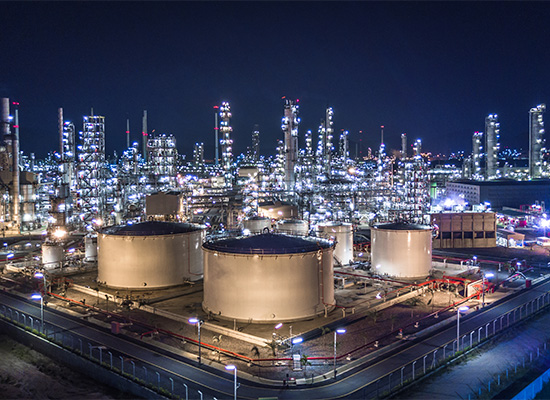🧭 Introduction: The Growing Importance of Power Quality
In modern electrical systems, power quality has become a critical parameter for operational efficiency, equipment longevity, and regulatory compliance. With the increasing use of nonlinear loads—such as variable frequency drives (VFDs), rectifiers, and switching power supplies—industries face challenges like harmonic distortion, reactive power imbalance, voltage fluctuations, and flicker.
Poor power quality leads to:
- Equipment malfunction or premature failure
- Increased energy losses and operational costs
- Reduced productivity due to downtime
- Penalties for non-compliance with grid codes
To address these challenges, hybrid filters have emerged as a powerful solution that combines the strengths of passive and active filtering technologies. They offer dynamic compensation, wide harmonic suppression, and reactive power support—all in one integrated system.
⚙️ Understanding Hybrid Filters
🔧 What Are Hybrid Filters?
Hybrid filters are advanced power conditioning devices that integrate:
- Passive filters: LC circuits tuned to specific harmonic frequencies
- Active filters: Power electronic converters that inject counter-harmonic currents
- Control systems: Real-time monitoring and adaptive compensation algorithms
This combination allows hybrid filters to target both fixed and dynamic power quality issues, making them suitable for a wide range of industrial and commercial applications.
🧪 Key Components:
- Tuned passive branches for low-order harmonics (e.g., 5th, 7th)
- IGBT-based active modules for higher-order and variable harmonics
- Digital signal processors (DSPs) or FPGA controllers for real-time analysis
- Capacitor banks for reactive power compensation
🔍 Why Hybrid Filters Excel:
- Dual-mode operation: Handles both steady-state and transient conditions
- Real-time compensation: Adapts to changing load profiles
- Compact design: Reduces footprint compared to separate passive and active systems
- Energy savings: Reduces I²R losses and improves transformer efficiency
- Grid compliance: Meets national and international standards
🧾 Conclusion: Strategic Investment in Power Quality
Hybrid filters are more than just technical devices—they’re strategic assets. They enable industries to:
- Protect critical equipment
- Reduce energy costs
- Improve operational reliability
- Meet regulatory standards
- Enhance sustainability goals
As electrical systems become more complex and digitized, hybrid filters will play a central role in ensuring clean, stable, and efficient power delivery. If you’d like, I can break this into sections for a report, add diagrams, or help you prepare a presentation deck. Just let me know how you’d like to use it.

US grid interconnection agreements hit record 75 GW in 2024: Report
New Delhi: Grid interconnection agreements in the United States rose 33 per cent year-on-year to 75 gigawatts (GW) in 2024, the highest volume on record, driven by federal reforms aimed at clearing project backlogs, consultancy Wood Mackenzie said in a new report.
“We saw a record year in 2024, with 75 GW of secured capacity. 2025 is maintaining this momentum, as major grid operators have already secured 36 GW through July 2025, positioning the year to match 2024’s record,” said Kaitlin Fung, research analyst, North America Utility-Scale Solar for Wood Mackenzie.
The report, Tracking the progress of US grid interconnection, said the surge followed the Federal Energy Regulatory Commission’s (FERC) Order No. 2023, issued in July 2023, and reforms led by Independent System Operators (ISOs). These measures helped reduce speculative entries and accelerate the pace of interconnection studies. Click here to know more……..


